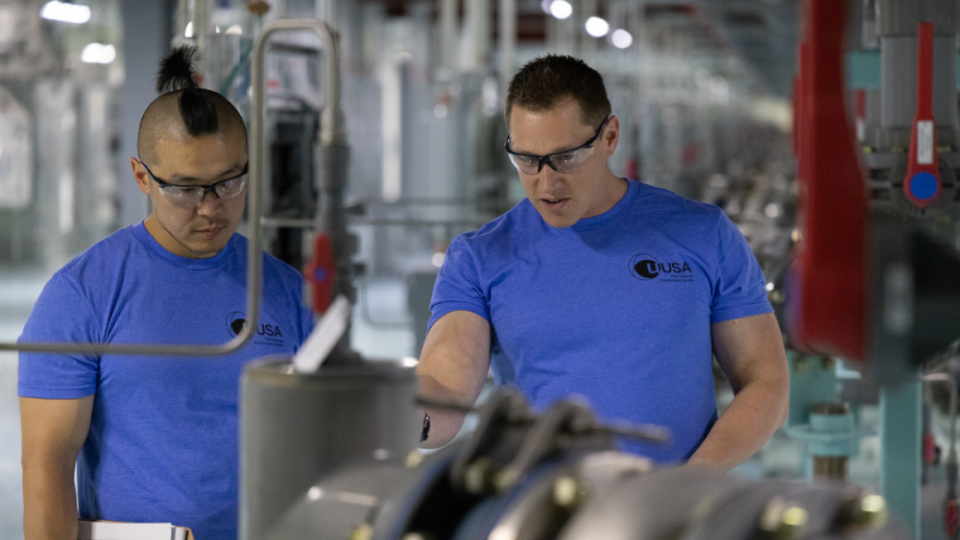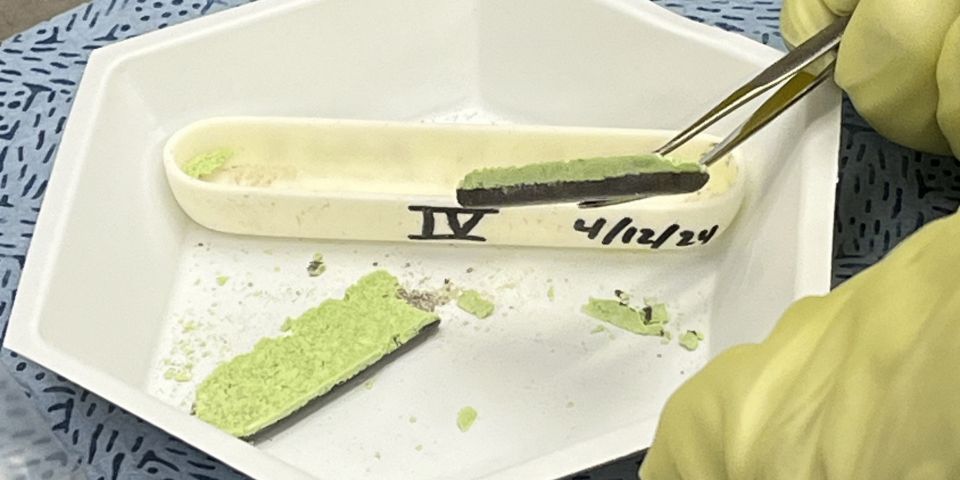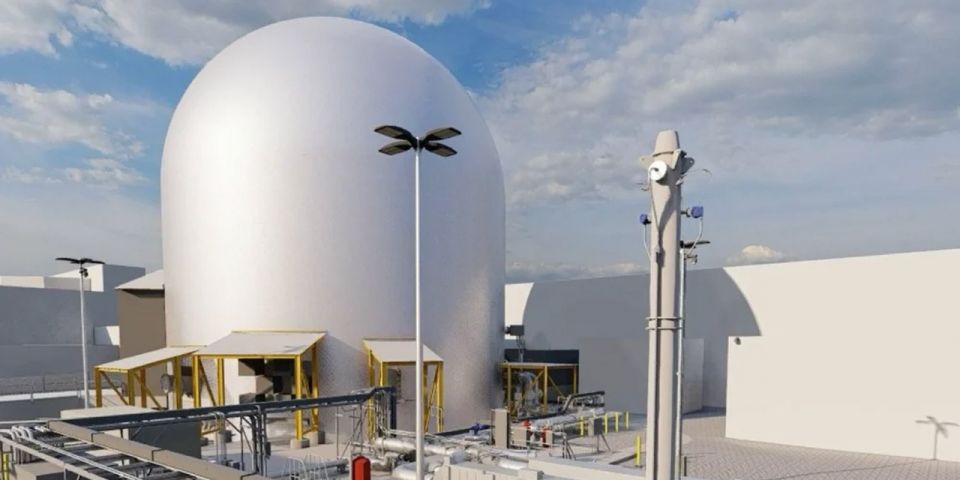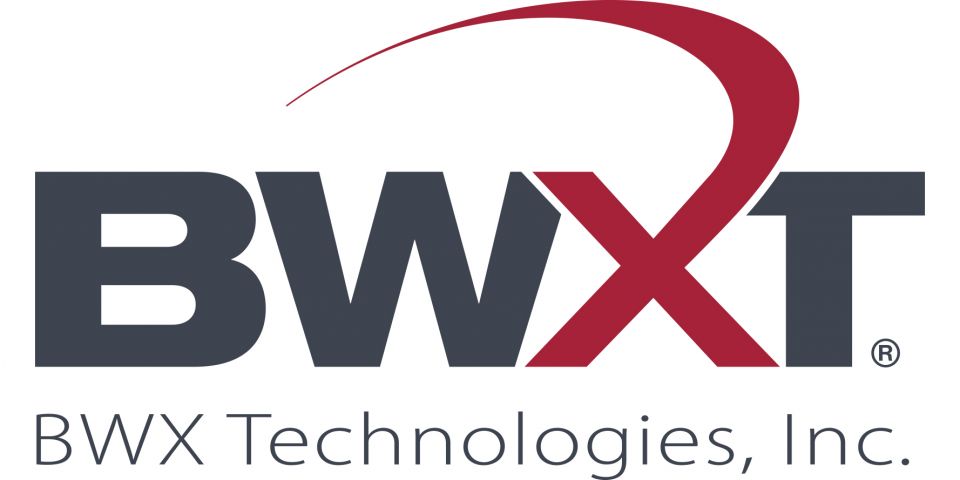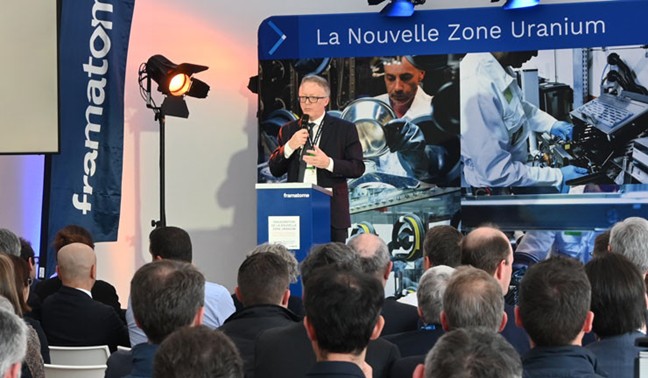GLE picks natural U over HALEU for now, and more updates from U.S. enrichers
On March 26, Silex Systems Ltd. announced that Global Laser Enrichment’s test loop pilot demonstration facility and operational safety programs have been reviewed by the Nuclear Regulatory Commission and approved for loading uranium hexafluoride feed material in preparation for the next phase of GLE’s enrichment technology demonstration in the second quarter of 2024.




